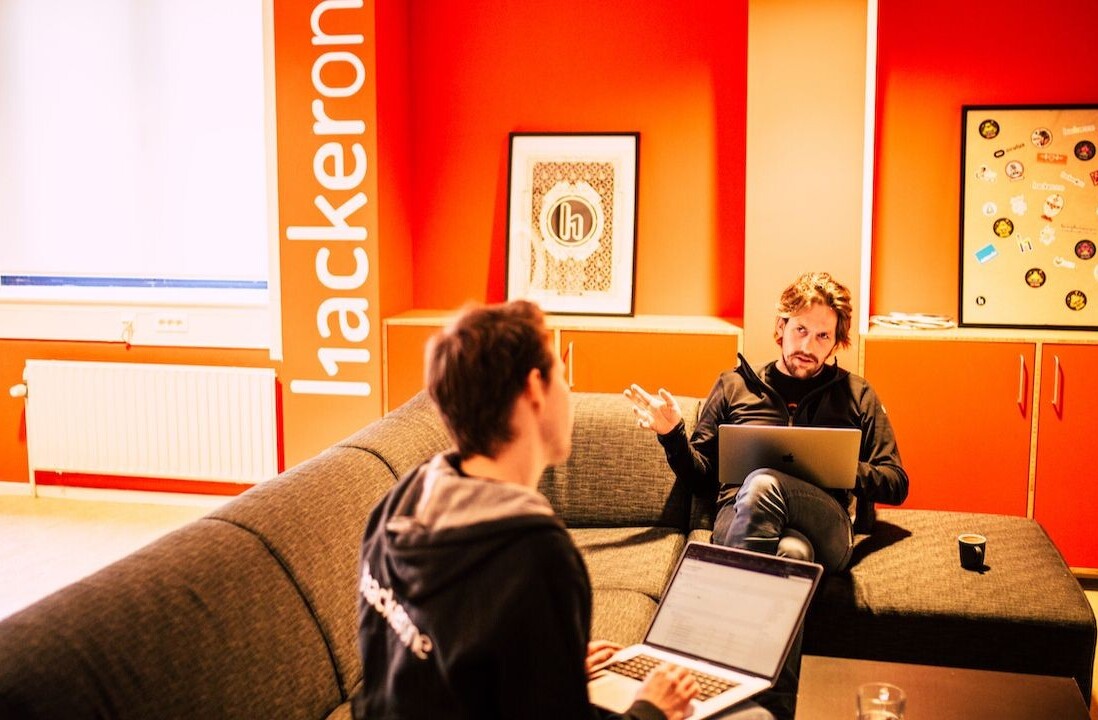
Henrik Holen is the CEO and co-founder of Viva Labs, a next-generation smart home platform for ISPs, cable companies and utilities.
Want to make a bazillion dollars? Build a dishwasher that empties itself.
These days, it’s easy to mock many of the smart products that appear on the market, but a really good one – one that solves a real problem for consumers – is something that people will beat down your door to get.
A smart home that can reduce its carbon footprint and make people feel more secure and more comfortable without demanding too much has the potential to be such a product.
Unfortunately, with a few notable exceptions, this has not been the approach of smart home products. Instead, companies assume that the user wants a platform to build on, not a product that improves their lives. The solutions have been built by engineers, for engineers, and require enthusiastic and highly skilled users. Regular users will think they’ve been magically transported back to Windows 95.
At Viva Labs, we’ve spent the last couple of years figuring out how to design something that’s easy enough for the mass market to use. Through testing with real families and countless iterations, we’ve learnt a lot about how mass market smart homes should be designed, and how the consumer expects them to work. These are our four lessons.
1. Don’t think in terms of users
If you come from a Web or app background, you’re used to users who actively engage with your product. They’ve made a choice to use what you offer, and there is an active interaction happening.
When you move beyond the browser, this engagement becomes less clear.
When do you use a lamp? Is it when you flip the light switch or is it when you read by that light? Active interaction is only a small part of how we use the devices that surround us in the home. Instead, they work in the background, helping us and keeping us comfortable, without engaging us.
Even those who installed the technology seldom engage in a meaningful way with it. Beyond them, many of the people who use your solution don’t even know it exists. Children, visitors, and even family pets will engage with your product without ever knowing it is there. It still needs to work like expected.
2. It’s their world, not yours
Because your users aren’t consciously using your product, you can’t expect them to follow the rules you set. In an app, the boundaries are defined by you. In the home, the customer makes the rules. They won’t change habits built up over years to fit your idea of how things are supposed to work.
Take that approach and your product will appear broken, unable to deal with the way the world works.
As an example, people think thermostats are taps. The higher you set it, the more heat comes out. In fact, most thermostats are switches, with an even level of heat output. But I can’t even convince my wife of this, so you’ll never get a non-user to understand it. Instead, you have to design around these and other user quirks.
3. Improve and rethink, don’t replace
A key reason why smart homes haven’t succeeded so far is that they’ve been built for people who love technology. Because they are early adopters and keen to try new things, they are more accepting of flaws and willing to tinker. They are a tempting group to focus on, but doing this will make it impossible to cross the chasm from early adopter to mass market.
Just because it’s analog doesn’t mean its broken, and not everything needs an internet connection. Light switches, for instance, work well, and you won’t change how people use them.
To reach the mass market you have to improve and rethink the product, not replace it. To win users over, you need to focus on building services and products that offer clear value, not potential for tinkering.
Nest, the popular learning thermostat recently bought by Google, has done improving and rethinking well. Traditional “smart” thermostats added lots of functionality. You could program them, set schedules and modes, but they didn’t improve the actual thermostat experience.
What Nest did was find a way to improve on the existing thermostat experience, letting the user continue their regular habits while still saving them money and making them more comfortable.
4. Clear a path: Find the irritants and remove them
People want to do less and think less. Helping them do that is the secret to success. Your product, especially in the smart home, should clear a path through daily life, removing the small irritants, the things you have to remember to do and the repetitive tasks.
For us at Viva Labs, that’s meant intelligent automation. When I leave the house, the heating gets turned down, the lights off, and the burglar alarm on. All these are things that I used to have to remember, but now just happen by themselves. In a busy life, these little things help, and we believe that is the future of the smart home.
Within the next year or two, most of us will have the opportunity to make our homes considerably smarter and more connected. Apple, Google, Samsung and your local cable company will fight to be the platform that supports more and more of your daily life. Whether or not they succeed will depend on how well they understand how we live our daily lives.
Read next: What must happen to spark mass adoption of connected lighting?
Get the TNW newsletter
Get the most important tech news in your inbox each week.







